Science: plants
This term, in Science, we are thinking all about plants! So far, we’ve discussed what bulbs and seeds need for healthy growth.
“They won’t grow without soil because then they wont get the nutrients that they need.”
“They will grow best with water and soil and light.”
“They won’t grow in the dark because the light gives them a warm temperature to grow.”
We are observing over time and looking for changes in growth of our onion bulbs. Here is how they are looking two weeks after planting:
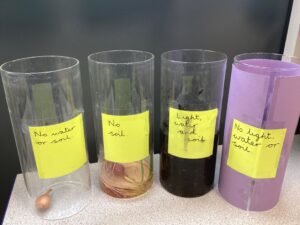
We were shocked to see that the plant growing with no soil is germinating! Ask your child what this means.
This week, we’ve planted our own radish and lettuce seeds.
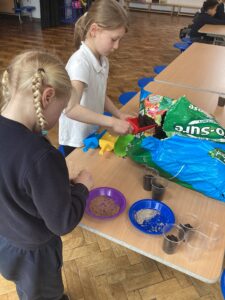
Living and Learning: I know the importance of sleep
This week, in Living and Learning, we’ve been thinking about how a good night of sleep can help us to be healthy.
We know that we need to get between 9 and 12 hours of sleep each night so that our bodies feel well rested! We talked about what helps us get to sleep: listening to relaxing music, having a cuddle with a teddy or reading a bed-time story instead of watching TV.
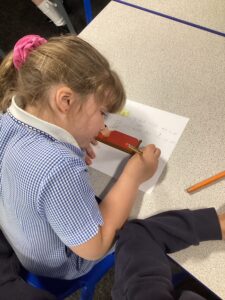

Here is our poem of the week, Bedtime by Eleanor Farjeon.
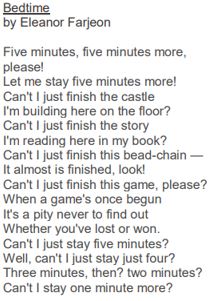
We talked about who the author of this poem might be talking to – we think that they are talking to an adult who has told them to go to bed! We also think that the child doesn’t want to go to bed.
“If they go to bed now then they will feel well-rested.”
“They don’t want to go to bed because they are asking lots of questions.”
“If they go to sleep now then they will be healthy tomorrow and be able to do their activities again.”
Finding fractions!
This week, in Maths, we’ve been learning all about how to find fractions of amounts! We’ve been using our knowledge of division and sharing to help us.
We’ve been learning about halves (two equal parts), quarters (four equal parts) and thirds (three equal parts).
We thought about the amount being our whole. We found a fraction of our amount by sharing and dividing.



Help at home: find fractions in your food! For example, cut your pizza, toast or sandwiches into half (two equal parts) or into quarters (four equal parts)!
Topic
We have started out new history topic all about real life heroes. The first important person we’re learning about is Nelson Mandela. You can find more about him here. He believed that everyone should be treated the same. We will be learning about equality, apartheid and the suffragettes.
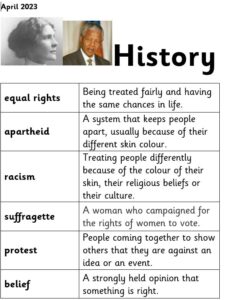
We are biologists!
Biologists study living things, including people, animals, and plants. This half term, Year 1 and 2 will be studying plants.
On Tuesday, we began looking at the different things plants need to grow. We have created an experiment looking at what an onion bulb needs to grow.
We planted four onion bulbs in different conditions. 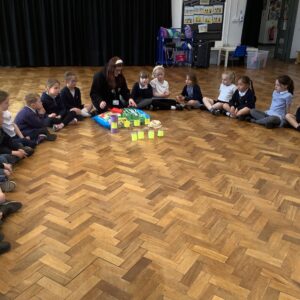
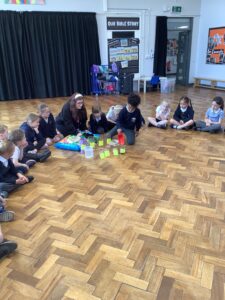
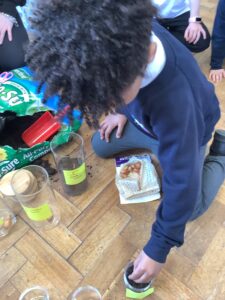
We have four environments for our bulbs to grow:
- no light, no soil, no water
- no water, no soil
- no soil
- water, light, soil
After we’d planted them, we made predictions on which bulb we thought would grow the best or wouldn’t grow. Each week, we will be observing our bulbs to see which are growing.


Help at home
Explore plants that you have in the garden or that you see on your walk to school. Observe how plants change over time and talk about what things they need to grow and survive.
Persuasive writing!
We were so shocked this morning when we came into school and our chairs were on STRIKE!
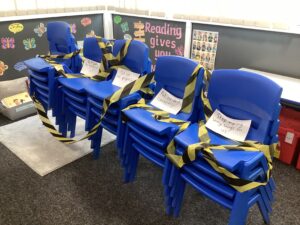
The books last week, the chairs this week… what’s next!?
Our challenge was to write a persuasive letter to the chairs to get them to change their minds and let us use them again.
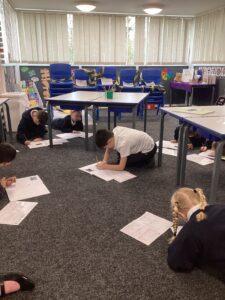
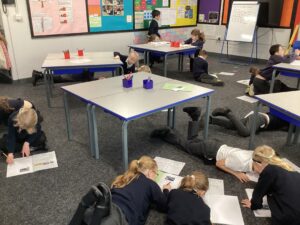
Our writing was so persuasive that the chairs wrote us a letter back saying we could use them again!
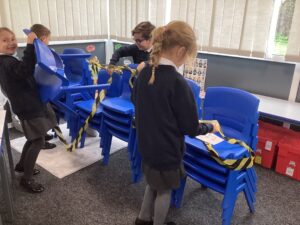
Pirate Bonnie and her swash buckling adventures!
This week, year 1 and 2 were lucky to take an adventure to Wetherby library to meet Pirate Bonnie and hear all about her swashbuckling adventures.
We heard tales of old – of pirates that lived long ago. Pirates who faced adversity and persevered through difficulty to become legendary pirates.
We saw a book that was 300 years old and had pictures and stories about the pirates we had just heard about.
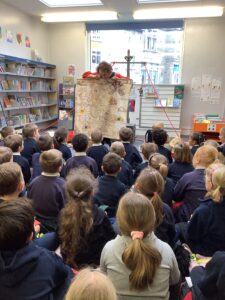
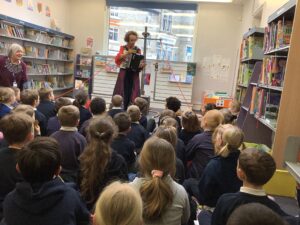
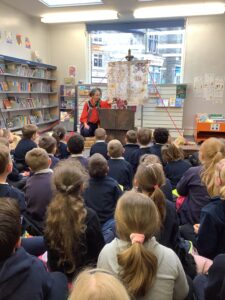
Maths: more money!
Wow – what progress we’ve been making in our maths learning all about money! Today, we thought about how we can make a pound (£1) using different combinations of pence coins. We know that £1 = 100p.
We used our knowledge of related maths facts to help us work out how many coins with the same value we’d need to make £1.
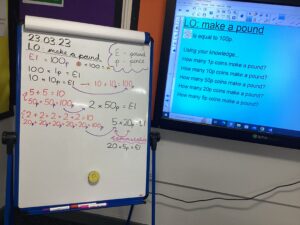
Then, we used coins with different values!
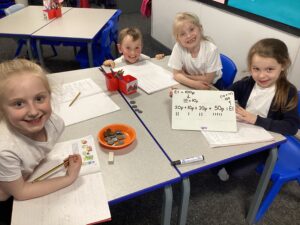
Writing: persuasion
This week, we’ve started to think about persuasion in our Writing lessons. To write persuasively means to encourage someone to change their thinking through writing a letter, email or even a speech.
We were really shocked when we came into school and couldn’t use our book corner!
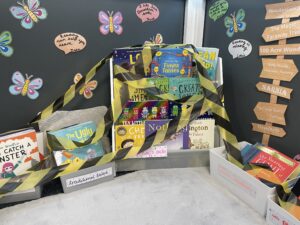
Don’t throw us on the rug! STOP putting us away in the wrong place! Don’t rip the pages – it hurts!
Our challenge this week is to work together to write persuasively to encourage the books to let us read them again.
“If we don’t have books, how will we learn to love reading?
“Do you not enjoy being read by us?
“Reading is good for your mind because it takes you into new and imaginative worlds!”
We talked about how exclamatory (!) and question (?) sentence types can persuade someone to change their thinking. We also talked about the use of because and if to make the audience think.
Help at home by encouraging your child to think persuasively to help them with their writing. Perhaps they could persuade you to read an extra bedtime story or to go to the park!
Money in maths!
This week, we’ve been learning all about money in maths. We’ve counted pence and pounds and we’ve done a fantastic job! We have a great understanding of the value of different coins and notes.
Today, we’ve been choosing coins to make amounts! Miss Kay gave us a team challenge to find all the different ways we can make amounts of money that are the price of Miss Kay’s lunch.

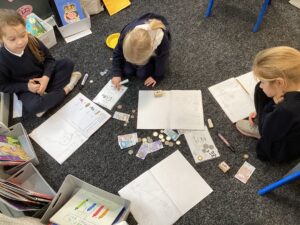
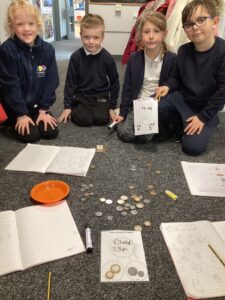
Help at home by looking at coins you may have. Talk about the values and add it all up!